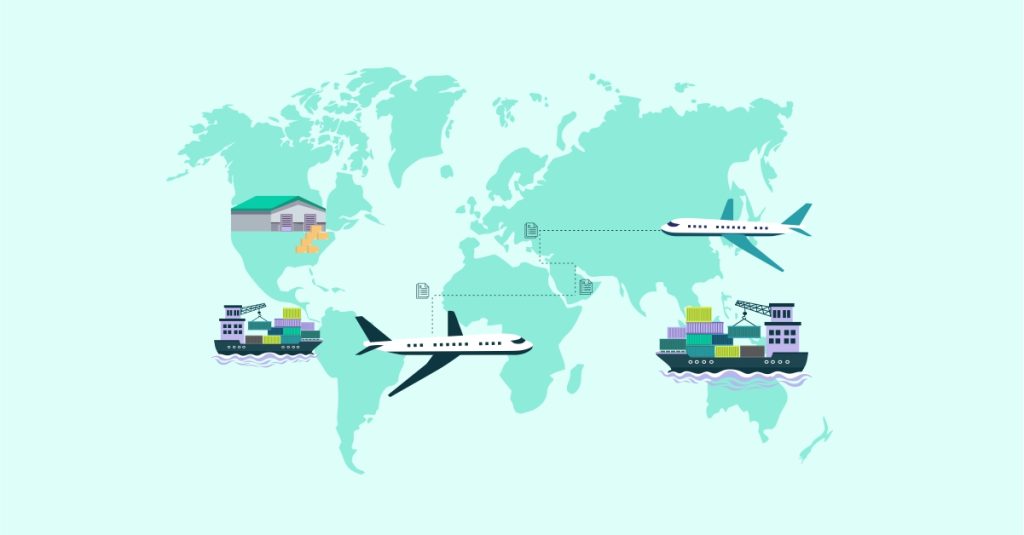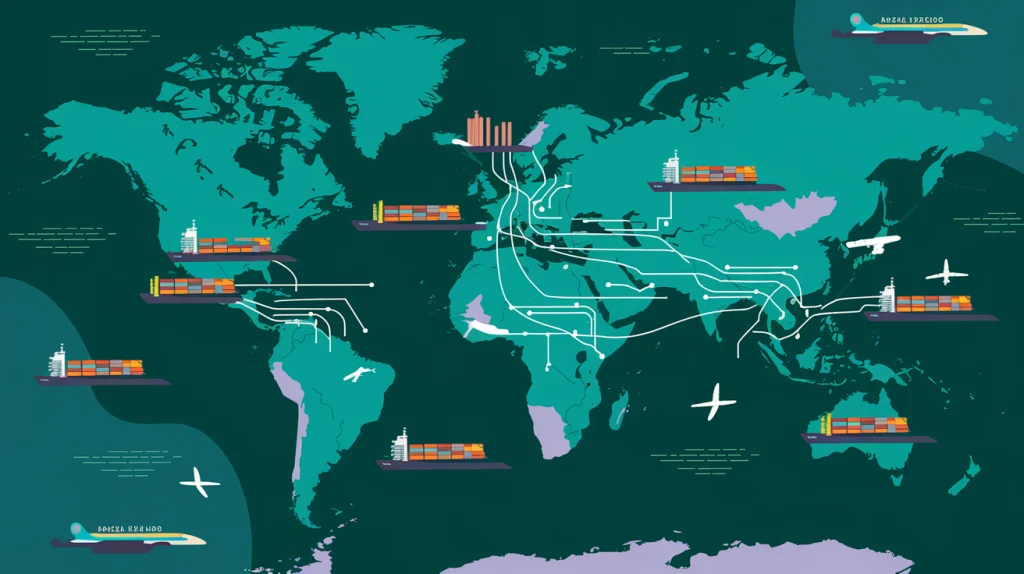On September 24, the third round of tariffs on goods imported from China, amounting to $200 billion, took effect. A week earlier, Trump issued a press release warning China not to respond to his moves, otherwise, the new tariffs would be imposed on all goods imported from China with no exceptions. In this article, we will review how this round of tariffs, unlike its predecessors, has the potential to dramatically affect Amazon sellers, and what can be done to reduce the damage.
The first round of tariffs
The first round took effect on July 6, 2018, and included a 25% increase in the existing customs on 818 products and raw materials used mainly by the technology industries (only 1% of the products included in this round were consumer goods). For example, customs on cylinders for machinery used in the textile industry were 2.6%. Upon coming into force, with the new tarrif addition, the current customs on them is 27.6% (original customs + 25%).
Due to the fact that there were almost no consumer products in this round, it was not widely covered in the media and had a minimal impact on small and medium-sized companies importing their products from China.
The second round of tariffs
The second round took effect on August 23 and, similar to the first round, also included a 25% increase in the existing customs on 284 products. However, in this round, a few more consumer products were introduced, mainly related to magnets – home and kitchen magnetic products, adhesive magnets and many other types of magnets used in products intended for the end consumer.
The third round of tariffs
As mentioned, the third round, which took effect on September 24, was much more drastic than its predecessors with 5,745 products worth just under $200 billion (compared to $50 billion worth of products in the previous two rounds). Beyond the much larger volume of this round in terms of the number of products, it includes many consumer goods popular among Amazon sellers, such as bags, wallets, pouches, kitchenware, tools, vacuum cleaners, computer parts, baby products, wooden furniture, metal furniture and the list goes on. Currently, following these three rounds, the tariff increase covers about 50% of all goods imported from China, and the chances of your products being included in the list will be significantly higher after the current round.
Unlike the previous rounds, the third round will include, at its first stage, an addition of 10% to the regular customs and at the beginning of 2019, after the holiday season, the addition will be updated to 25%.
The following example illustrates the impact of this round on importers in general and Amazon sellers in particular:
An Amazon seller engaged in import of bags, diaper bags, wallets, pouches or various cases would have previously paid customs of 17.6% of the goods’ value. As of last Monday, following the last round, the customs tariff is 27.6% of the goods’ value, while on January 1, 2019, it will be raised to 42.6% of the goods’ value.
How do I know if my products are included in one or several rounds?
We have developed an HS Code Tariff Rate Lookup tool which allows you to check whether your product is included in one of the rounds, and if so, you will be able to see the original customs, as well as the new addition. You can run a search by HS Code or by the name of the product or one of its components. Needless to say, this tool is used for a preliminary review and it cannot replace a consultation with an expert.
What can I do if my product is included in one of the rounds?
Many news websites in the US report that major retailers are already preparing for prices to rise immediately. Business owners now have two options – to adapt to the new costs and deal with profit erosion by streamlining and reducing expenses or raising prices while risking a drop in sales volume.
There are other, more creative ways of dealing with the new reality. If one or more, of your products, is in the list, there are several actions that can be taken to avoid the constraints:
- Request product exclusion.
- Change the product’s design that will allow it to be associated with a category that is not included in the product list.
- Review an option to reclassify the product.
- Review an option to produce and/or import the product in/from other countries (not China).
- Check whether you are entitled to tax benefits, in case you export from the United States, in addition to importing from China to the United States.
Since these changes may cause business operations to collapse, we recommend to review each case separately and consult with experts in the field of international shipping in general and US Customs in particular. As always, we would be happy to advise, free of charge, and together we will find the best way to deal with the new taxation. You are welcome to contact us at info@unicargo.com.
Click here to continue reading about the US-China Tariff war


